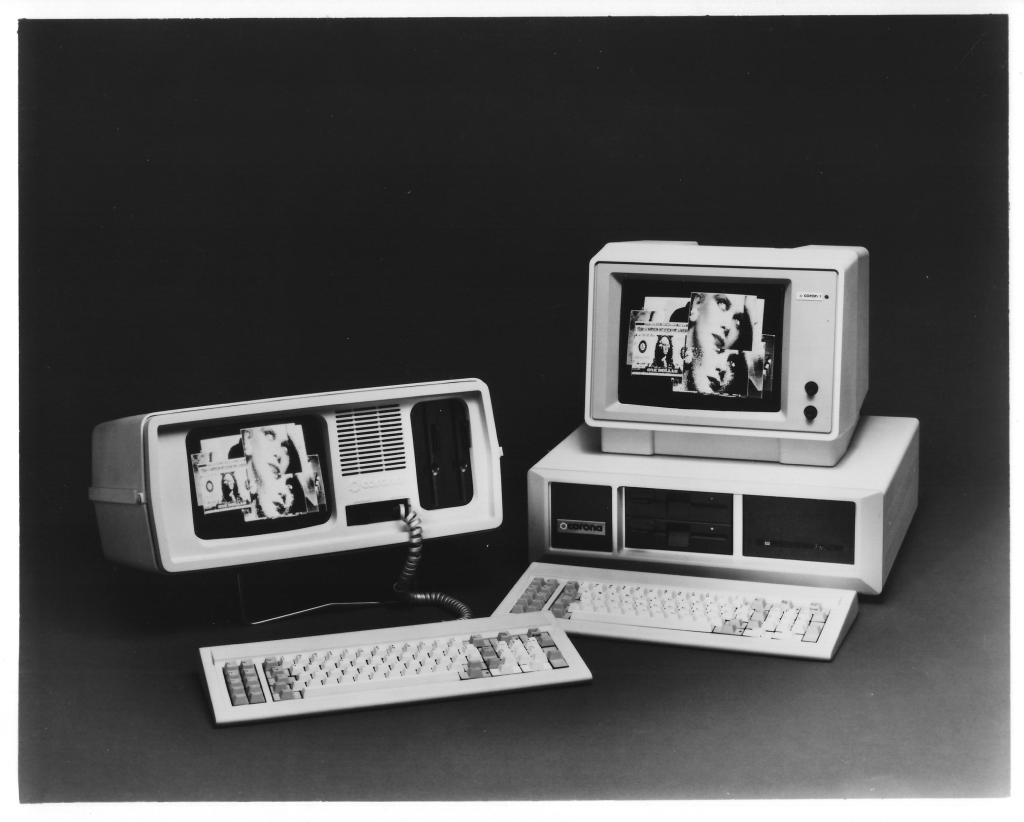The 3R Avatar TC100 series was a dual-processor system used with a dumb terminal to give it full workstation capabilities–hence the reason it is called a terminal converter. It used both a Z80 and 8088-2 CPUs so it could run both CP/M and MS-DOS applications.

Source: 3R Comptuers, 1983
The company offered an enhanced model, the Avatar TC110, which had a parallel port and 5MB hard drive. A TC 3278 modal was intended for use with only the IBM 3278 or 3178 terminals. The company is also known as RRR Computers.
Introduced: 1983
Original Retail Price: $2,195
Base Configuration: Z80A and 8088-2 CPUs, 128K RAM (256K max), 2 RS-232C ports, 5.25-inch floppy disk drive, clock/calendar, 85W power supply
Size/Weight: 7.25H x 12.25W x 12.75D inches, 20 lbs.
Important Options: parallel interface; second floppy disk drive; 5MB, 10MB, or 20MB hard disk drive












